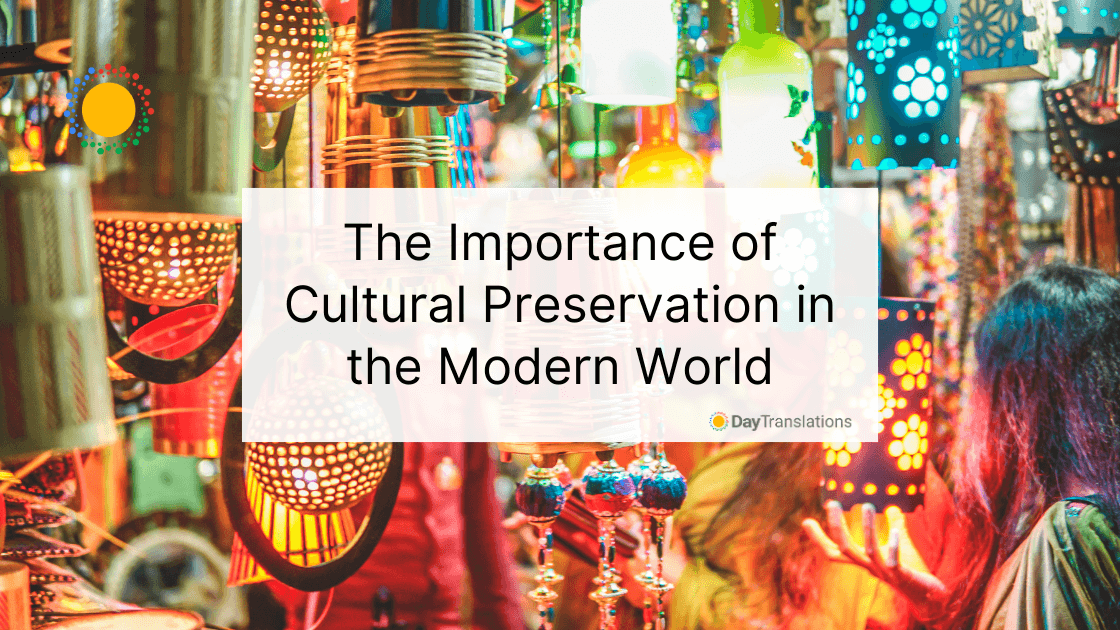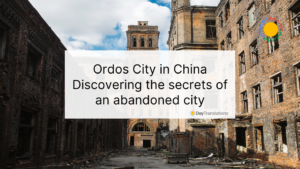When discussing humanitarian efforts, you might hear the phrase “cultural preservation.” This term encompasses several activities surrounding maintaining ancient cultures from large nations all the way down to small indigenous tribes.
Cultural preservation include documenting and studying languages; preserving and restoring historic relics significant to a culture or heritage; and encouraging the preservation and use of indigenous or tribal languages and rituals.
Discussion of cultural preservation does not happen enough. The lack of awareness is causing languages and cultures to die out, a notable loss for humans as a species.
Related Post: How Many Languages Are There in The World?
The Influences of Travel on Cultural Preservation
Travel has gotten significantly easier in the last 300 years, and particularly in the last 70.
Easier travel means it’s now easier to traverse the globe, meet new people, and immerse themselves in different cultures.
We are living in a globalized society where traveling to foreign countries is seen as an eye-opening experience. Moving abroad is becoming more commonplace, as are intercultural marriages. When two people from different cultures marry, often one culture becomes more dominant in the family and threatens cultural preservation.
It wasn’t always this way. Different groups of people used to be isolated by rivers, jungles, mountains, and oceans, and hardly interacted with one another. This changed in 1492, the year Columbus landed in the New World and swung open the gates to global travel and trade.
That’s not to say that people never traveled to other places before. The Romans roamed all over the European continent and sailed the English Channel towards Great Britain. The Vikings sailed from Norway to the Mediterranean and North America. The Chinese traveled the Silk Road all the way to Venice.
As people travel and move to different parts of the world, some immerse themselves in the host culture and see the great value the culture brings to the region and the world, again this can affect cultural preservation, or lead to cultural evolving.
As we learn from foreign cultures, they learn from us. It’s a continuous sharing of ideas and micro influences that have existed since the beginning of human existence on Earth.
As we move towards a world where the people and its cultures are becoming homogenous, we lose the value of having so many diverse voices and experiences available to learn from. In short, we lose cultural preservation.
Related Post: Indigenous American Words in the English Language
Modernization is Viewed as Progress
Apart from those who travel to experience culture, there are those who travel to foreign lands to make a change. This frequently happens in third world countries.
Travelers, particularly from developed nations, see civilizations cut off from the rest of the world, living in deserts, the bases of mountains, or in the jungle. The overwhelming response is to help these people; they don’t have electricity, running water, basic healthcare.
The western mindset takes over and thinks no one can be happy without those essential western amenities. The help typically comes in the form of western goods and languages without much consideration for the cultural preservation of each group’s unique way of life.
Developed nations are considered modern. What they often fail to see is that modernization comes at a cost, namely the loss of smaller languages, rituals, and cultural preservation.
As the modern world reaches into the developing and undeveloped worlds, new “escapes” become apparent to younger members of the developing worlds.
Being able to adapt to the modern world is seen as beneficial and a potential way to a better life. This involves learning English in favor of one’s native language that’s dying out.
And these languages are dying out much quicker than we realize. According to Ethnologue, there are 7,099 languages spoken in the world today.
That’s five less than existed last year. More and more languages die out and with them, cultural preservation.
What’s scary is that many of these languages are in the hands of elders whose descendants have no interest in learning the language. With this state of language affairs, we’ll lose languages at a much higher rate than we anticipate.
Related Post: Which Country Has The Most Languages in The World?
The Importance of Global Diversity
The fundamental flaw in allowing these languages and cultures to disappear is we’re losing the unique perspectives of each culture. Every culture has its world view, problem-solving processes, and take on religion. Cultural preservation is vital in maintaining our human identities.
These individual perspectives are worth preserving because, if we learn from them, they can help us solve our problems. By putting ourselves in someone else’s mindset, we learn how to empathize and look at problems in new ways.
The more we let these cultures die out and ignore cultural preservation the more monochromatic and less dynamic our world becomes. Our field of thought narrows considerably when we don’t stop to consider the importance of cultural preservation.
If we continue to homogenize culturally, we lose the advantage of learning from different points of view. This limits our ability to solve unique problems and could be detrimental in some cases.
Preserving the thousands of cultures and languages around the world will help protect these native viewpoints.
Related Post: The Importance of Culture in Strategic Marketing
Non-Profits Leading the Fight
Several non-profits are working towards cultural preservation, language, monuments, and heritage, all of which cannot be done without a super donor program. Here are some of the main ones leading the charge:
Cultural Survival
Cultural Survival has several programs to maintain cultural diversity and cultural preservation. They work primarily with indigenous peoples around the world, most of whom are in the Americas and Asia.
Some of these programs include indigenous-run community radio programs and advocating for governing bodies and global groups like the UN. They also amplify grassroots movements’ efforts by spreading the word about petitions, awareness campaigns, and human rights preservations.
The Linguistic Society of America
The dedicated Committee on Endangered Languages and Their Preservation (CELP) is a key non-profit working to document and study at-risk languages in America. By working with indigenous groups and universities, CELP is helping to preserve languages while being respectful of cultural preservation.
Global Heritage Fund
The Global Heritage Fund is slightly different from the aforementioned non-profits. The group aims to achieve cultural preservation culture through historical monument reparation, restoration, and maintenance.
The team believes monuments that are culturally or religiously significant to each group should be preserved, along with their histories, to teach new generations about the culture.
Keep the Fire Burning
Cultural preservation is a complicated topic and requires a balance on several points. On one hand, we want to help those who seem to be worse off than we are. On the other, we must be mindful of how our actions chip away at a culture’s identity.
Preserving our global diversity not only benefits those whose cultures we safeguard, but maintains ideologies and ways of thinking that we can learn from. Plus, having a diverse world just makes it more interesting to live in!
Author Bio
Ryan Stewart is a digital marketing consultant with over eight years of experience working to help Fortune 500 brands grow their online presence. He currently resides in Miami, where he owns boutique creative agency WEBRIS. You can find Ryan on Twitter or LinkedIn.












goat costume
Posted at 07:20h, 07 SeptemberI enjoy what you guys tend to be up too. This sort of clever work and exposure! Keep up the excellent works guys I’ve included you guys to our blogroll.
Keenan
Posted at 05:35h, 06 DecemberThis piece of writing gives clear idea in favor
of the new people of blogging, that actually how to
do blogging.